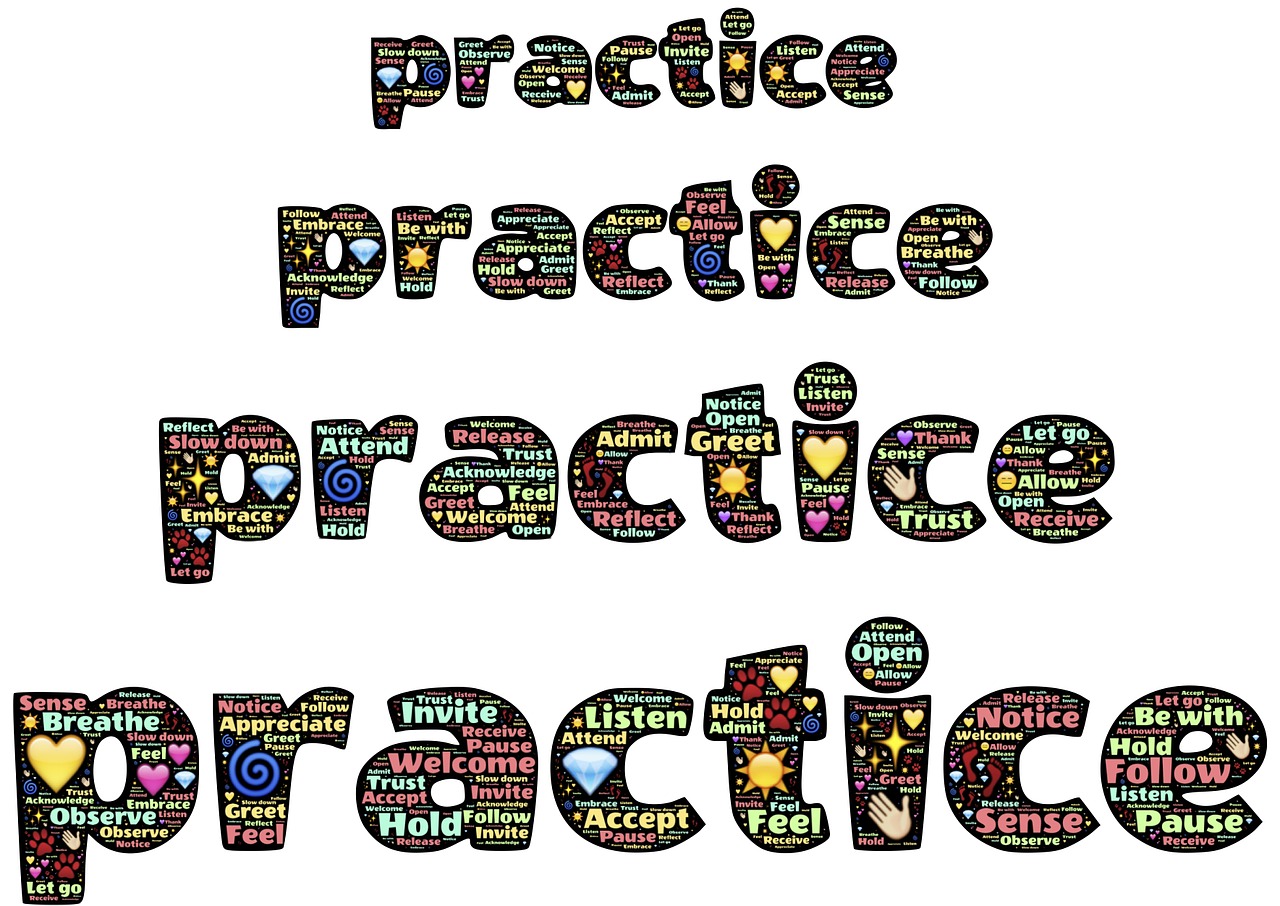Breathing is one of the activities of our bodies we do not get through our head. We don’t think what is its impact on out inner state – on our posture, level of energy and individual capacity of experiencing our full potential. We don’t know how to appreciate the role of conscious breathing. Meanwhile breathing can help us in many ailments, in regulating the nervous system and in coping in stressful situations. It will be enough to perform simple breathing exercises to regenerate the systems of our body and find inner peace. This is one of the easiest and quickest forms of healing. And what’s important, it is available at any moment.
Ability to take a full breath
Breathing connects our inner experience with the outer world and functions as a bridge between what is conscious and subconscious. It is also responsible for Prana or Chi (Qi), i.e. electro-magnetic energy which is our life force. The quality of this energy and its flow through the body, in turn, are directly connected with the quality of our physical, mental and emotional health. The way we breath changes with age. Children breath in a free and unrestricted way. They switch effortlessly between the states of sympathetic arousal and parasympathetic relaxation. In time we lose this natural ability of full breath. With age we more often experience rejection, disapproval or punishment for free expression of our needs and emotions. As a result our nervous system becomes overwhelmed and learns to control and slowly close full access to our feelings, and we, in turn, unconsciously tense up inside us. A trauma can occur in our lives, experiences causing further stress, fear and numbing as well as suppression of memories and emotions which become inculcated into our body and psyche. All of this, those deep patterns of blockages impact our ability to take a full breath. Thus as adults we simply use only its part and we have to learn to accept a short and shallow breath.
Autonomic breathing habits
Breathing has an impact on our psychological and physiological state, but we can also observe a reverse situation when the state we are in conditions our way of breathing. It suffices to recall any stressful situation. Along with anxiety and fear hyperventilation creeps in unknowingly manifested through shallow, irregular breathing of the upper part of our lungs, and in time, also withholding the breath. When hyperventilation sets in, the level of carbon dioxide in the blood plummets, which makes capillaries narrow down and close, which means stopping the blood flow to the cells, and what follows is lack of fresh oxygen in the cells. This, in turn, leads to such reactions such as emptiness in the head, nausea, vertigo etc. In stressful situations the rhythm of breathing changes as well as the amplitude of in-breaths and the tension in the shoulders. It could seem that those are insignificant, momentary changes. Meanwhile they are harmful and destructive. The change our autonomic breathing habits, i.e. those independent from our will and what gets started is a series of physiological adaptations which solidify the patterns of survival instead of supporting growth and nourishment. We can very easily cope with such stressful situations and their consequences through conscious, deep breath. In a situation when our sympathetic nervous system is active (co-called “fight or flight or freeze” reaction) it helps to activate the parasympathetic reaction (of rest and relaxation), which calms the body and activates various functions of our body, such as heart rhythm and digestion and enables coming back to normal.
Calm breathing
The method we can reach for when confronted with highly stressful situations and deeply-rooted trauma is Biodynamic Breath and Trauma Release. On the physiological level it consists in getting trained in breathing habits, so that they cancel any “flawed” behaviours and habits and to increase our capacity to adapt to the situation which normally disrupted our calm breathing. Using techniques of biodynamic breath and bodywork we start resetting the whole body so that it can come back to free and natural breathing patterns. It is worthwhile spending some time to learn appropriate breathing and every morning do some simple breathing exercises which will give us energy for the whole day. All that is needed is synchronising in-breath and our-breath to create the harmony of mind and body.
- We first make a 4-second in-breath.
- Then we stop the air for the following 4 seconds.
- We then make and 4 second out-breath and then we stop again.
- All is needed to relax is repeating this cycle several times.
Focusing our attention on breathing and learning to breath more consciously we can reverse our vitality, a higher level of energy and release trauma which got blocked in our bodies.
Nisarga Eryk Dobosz




